3-Ingredient Pan-Fried Halloumi is a quick and delicious dish that’s perfect as an appetizer, snack, or side. Halloumi, known for its high melting point, gets perfectly crispy on the outside while staying soft and chewy inside when pan-fried. This simple recipe highlights the salty, savory flavor of halloumi with just a touch of olive oil and lemon juice to enhance its taste. Whether you’re new to halloumi or a seasoned fan, this dish is sure to become a favorite for its simplicity and rich flavor.
Table of Contents
- Introduction
- Ingredients
- Instructions
- Cooking Tips & Notes
- Variations
- FAQs
- Serving Suggestions
- Health Benefits
- Pairing Ideas
- Conclusion
Ingredients
- 1 block (8 oz) halloumi cheese
- 1 tablespoon olive oil
- 1 lemon, cut into wedges
Instructions
Step 1: Prepare the Halloumi
- Remove the halloumi cheese from its packaging and pat it dry with a paper towel to remove excess moisture. Drying the halloumi ensures that it will crisp up nicely when fried.
- Slice the halloumi into 1/4-inch thick slices. You can also cut them into smaller bite-sized pieces if you prefer.
Step 2: Heat the Oil
- In a non-stick skillet or frying pan, heat the olive oil over medium-high heat until hot. The olive oil helps give the halloumi a lovely golden color while enhancing its natural flavors.
Step 3: Fry the Halloumi
- Add the halloumi slices to the skillet in a single layer, being careful not to overcrowd the pan. If necessary, cook the halloumi in batches to avoid steaming instead of frying.
- Cook for 2-3 minutes on each side, or until the halloumi is golden brown and crispy on the outside. Use tongs to carefully flip the halloumi to ensure even cooking.
Step 4: Serve
- Remove the fried halloumi from the skillet and place it on a serving plate.
- Squeeze fresh lemon juice over the hot halloumi for added brightness and flavor. The acidity of the lemon juice cuts through the saltiness of the cheese, balancing the flavors beautifully.
- Serve immediately and enjoy!
Cooking Tips & Notes
- Drying Halloumi: Make sure to pat the halloumi dry before frying to avoid excess moisture, which can cause splattering and prevent a crispy crust. Properly dried halloumi will achieve that perfect golden crust.
- Heat Level: Cook the halloumi over medium-high heat to get a nice golden crust without burning it. Adjust the heat if necessary. If the heat is too high, the outside may burn while the inside remains rubbery.
- Serve Immediately: Halloumi is best served hot, right after frying, as it tends to firm up as it cools. If you need to keep it warm, place it in a preheated oven at a low temperature until ready to serve.
- Oil Type: Olive oil is traditionally used, but you can also use avocado oil or sunflower oil if preferred. Each oil brings a slightly different flavor to the dish.
Variations
- Garlic Butter Halloumi: Use garlic-infused butter instead of olive oil for a rich, garlicky flavor. Melt the butter in the pan and add a minced clove of garlic for a fragrant twist.
- Herbed Halloumi: Sprinkle dried oregano, thyme, or rosemary over the halloumi as it fries for an herbal twist. Fresh herbs like thyme or mint also pair wonderfully when added as garnish.
- Spicy Halloumi: Add a pinch of red pepper flakes or a drizzle of hot sauce to the olive oil before frying for a bit of heat. This adds a delightful kick that contrasts nicely with the cheese’s creaminess.
- Lemon Zest Halloumi: Grate some lemon zest over the halloumi while it’s frying for extra citrusy brightness. This enhances the fresh lemon flavor and adds a pop of color.
Frequently Asked Questions (FAQs)
1. Can I Grill the Halloumi Instead?
Yes, you can grill halloumi instead of pan-frying. Simply brush the slices with olive oil and grill for 2-3 minutes per side until charred and golden. Grilling halloumi imparts a smoky flavor that complements its natural saltiness.
2. How Do I Store Leftover Halloumi?
Store any leftover fried halloumi in an airtight container in the refrigerator for up to 3 days. Reheat in a skillet or oven until warmed through. Note that reheating may change the texture slightly, making it firmer.
3. Can I Use Another Cheese Instead of Halloumi?
Halloumi is unique because of its high melting point, which allows it to be fried without melting. There are few cheeses like it, but queso fresco or paneer can be used as alternatives. Both have similar firmness and can be cooked in a similar way.
4. Why Is My Halloumi Squeaky?
Halloumi has a characteristic “squeaky” texture due to its high protein content, which causes it to resist melting. This is part of its charm and a sign of quality halloumi.
Serving Suggestions
- Appetizer: Serve the fried halloumi with toothpicks as an appetizer with a side of tzatziki or marinara sauce for dipping. It’s also great with a honey drizzle for a sweet and salty combination.
- Salad Topper: Add the fried halloumi to a fresh salad of mixed greens, tomatoes, cucumber, and olives for extra flavor and protein. It pairs wonderfully with a lemon vinaigrette dressing.
- Sandwiches: Use fried halloumi slices in sandwiches or wraps with roasted vegetables and hummus for a hearty vegetarian option. The salty, chewy halloumi acts as a great substitute for meat.
- Charcuterie Board: Include fried halloumi on a charcuterie board alongside cured meats, fruits, and nuts for a unique addition. Its distinct texture and flavor add an interesting twist to the spread.
- Pasta Dish: Add fried halloumi to pasta dishes as a topping, especially with Mediterranean-style pasta. Its saltiness complements the flavors of olives, tomatoes, and capers.
Health Benefits
Halloumi is a high-protein cheese that makes it a satisfying addition to vegetarian meals. It’s also rich in calcium, which supports bone health. Although halloumi is relatively high in fat, enjoying it in moderation can be a part of a balanced diet. When paired with fresh vegetables and whole grains, it creates a well-rounded meal.
- Protein: Each serving of halloumi provides a good amount of protein, helping to keep you full and satisfied.
- Calcium: Halloumi is rich in calcium, essential for strong bones and teeth.
- Low-Carb: This cheese is low in carbohydrates, making it a suitable option for those following a low-carb or ketogenic diet.
Pairing Ideas
- Wine Pairing: Halloumi pairs well with crisp white wines such as Sauvignon Blanc or Pinot Grigio. The acidity helps balance the richness of the cheese.
- Cocktail Pairing: A gin and tonic with a slice of cucumber complements the salty and creamy halloumi, adding freshness to each bite.
- Bread and Dips: Serve alongside pita bread with hummus or baba ganoush for a complete Mediterranean experience.
- Fruit Pairing: Halloumi’s saltiness pairs exceptionally well with fresh or dried fruits like figs, grapes, or watermelon. This creates a delightful contrast between sweet and savory.
3-Ingredient Pan-Fried Halloumi is a simple yet delicious dish that showcases the unique qualities of halloumi cheese. With its crispy exterior and soft interior, this fried halloumi is perfect for a variety of uses, whether as an appetizer, side dish, or salad topper. The combination of olive oil, fresh lemon juice, and golden-brown halloumi creates a rich and satisfying experience that’s hard to resist. Whether you’re enjoying it with a glass of wine, adding it to a salad, or serving it as a snack, this recipe is sure to become a favorite. Give this quick recipe a try and enjoy the rich, savory flavors of this Mediterranean favorite!
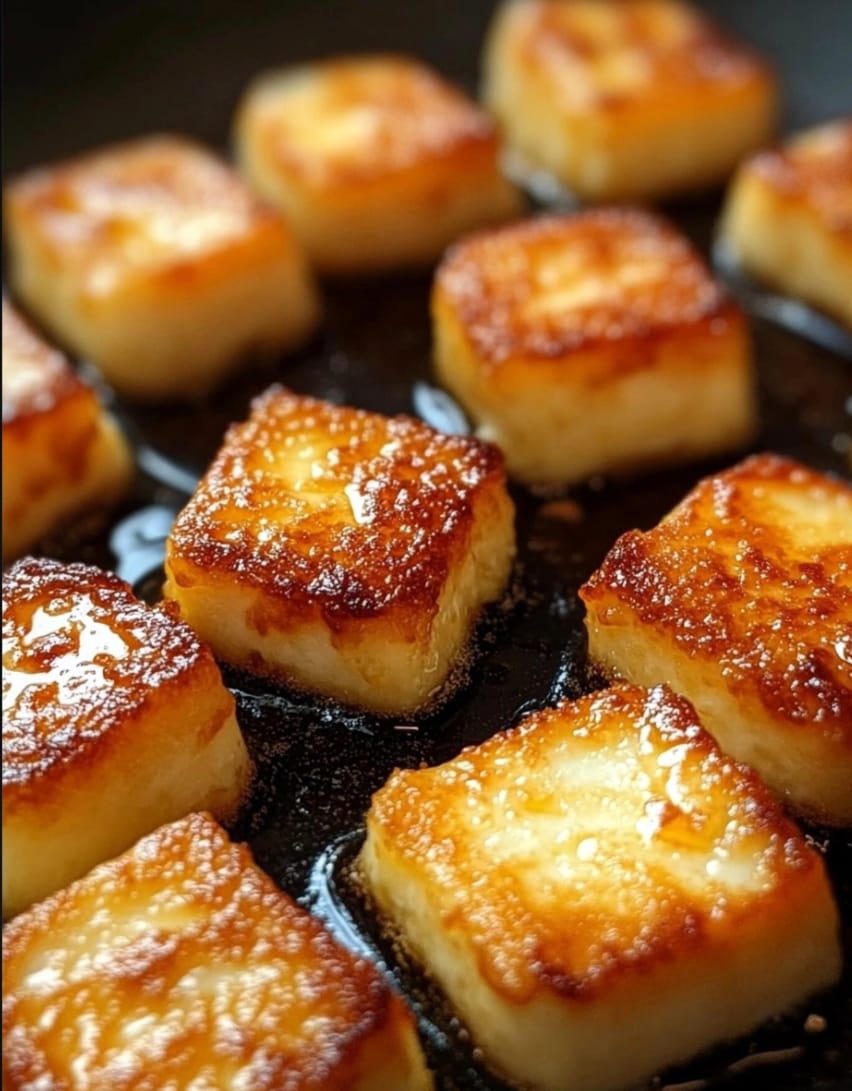
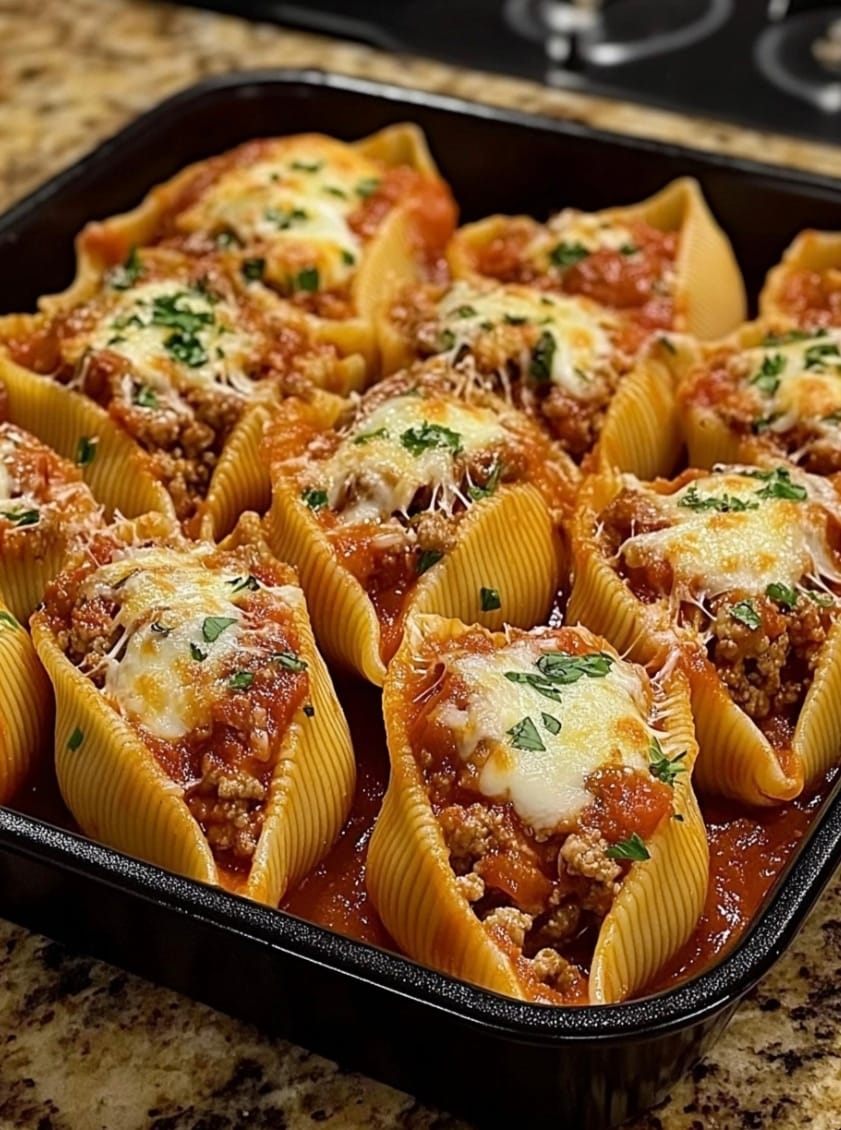

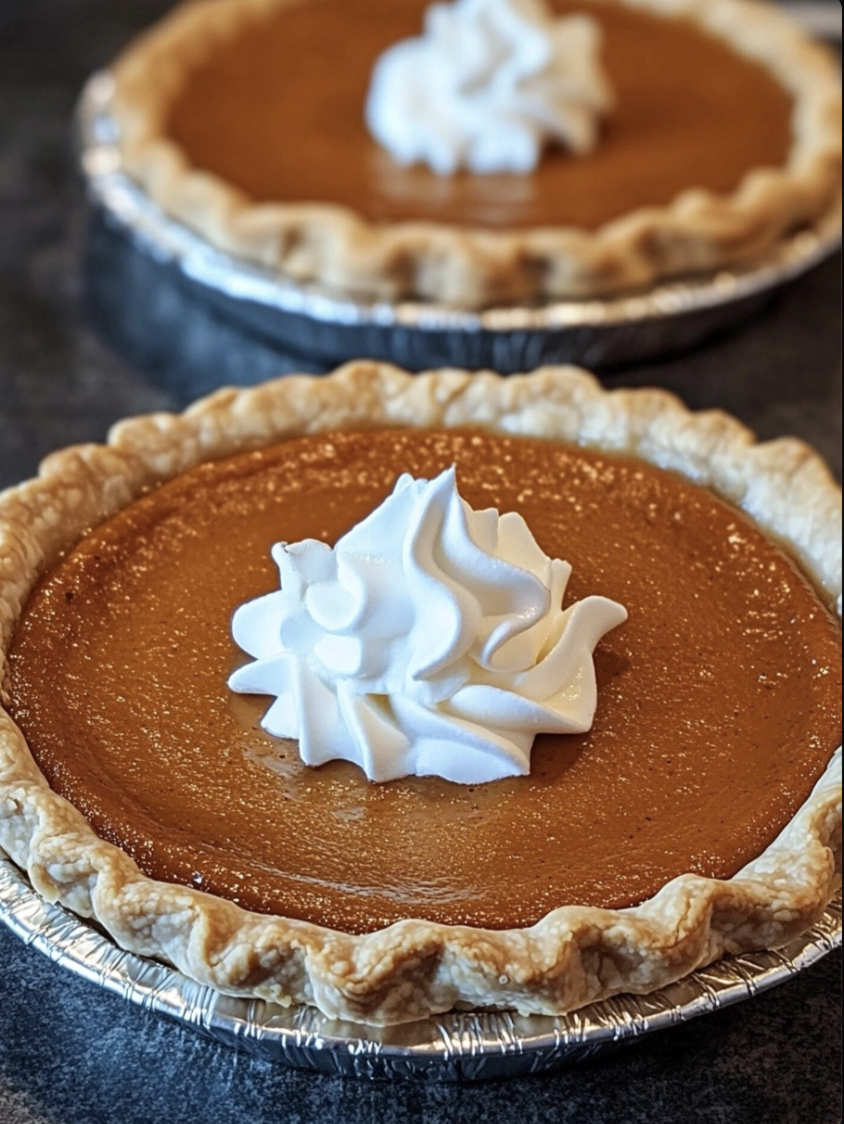
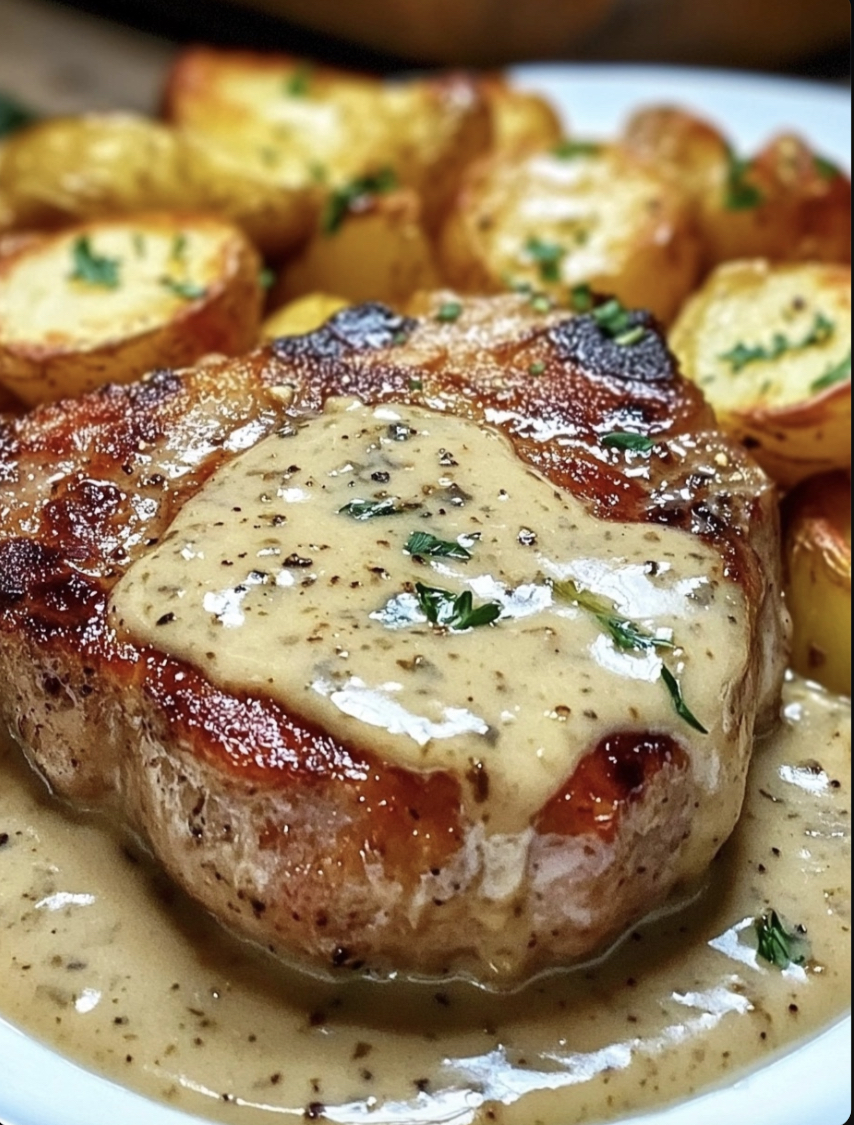

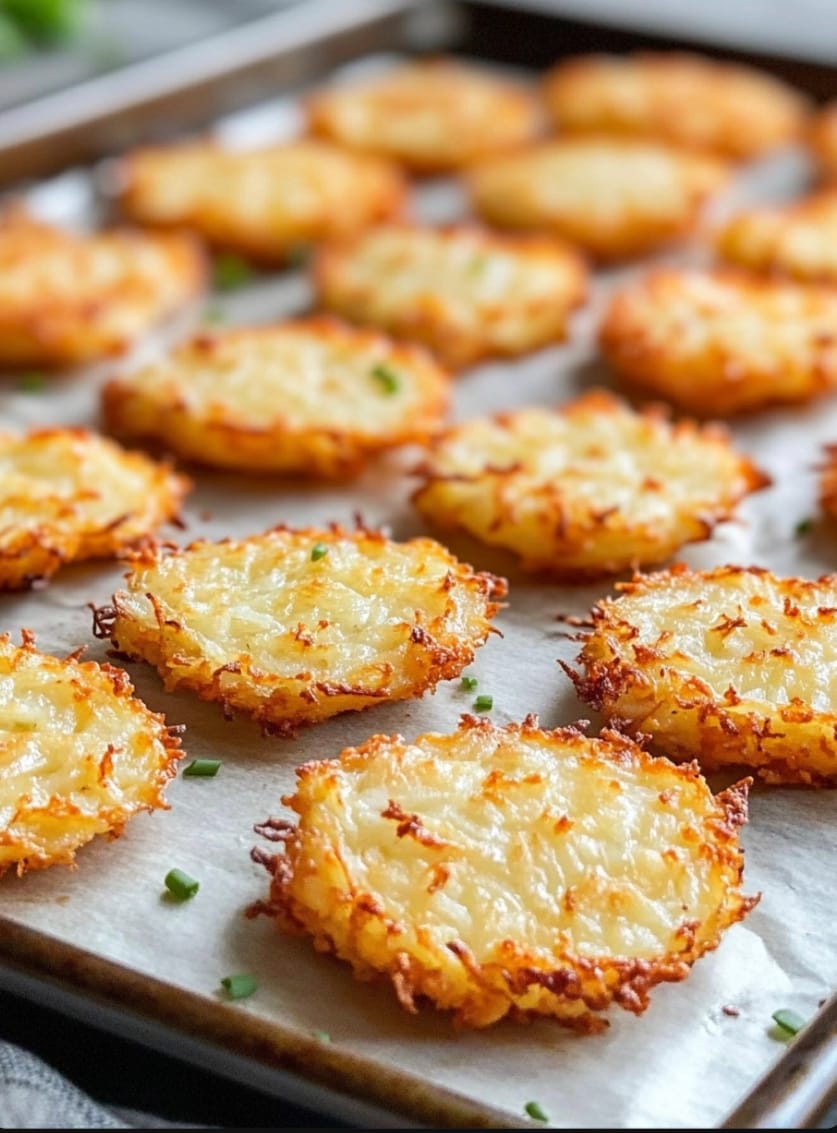
Another important part is that if you are a senior, travel insurance with regard to pensioners is something you need to really contemplate. The old you are, a lot more at risk you will be for having something poor happen to you while in foreign countries. If you are not covered by a few comprehensive insurance policy, you could have quite a few serious issues. Thanks for discussing your hints on this web site.
Hi, Neat post. There’s a problem with your site in internet explorer, would test this?IE still is the market leader and a huge portion of people will miss your wonderful writing due to this problem.
I was just looking for this information for some time. After 6 hours of continuous Googleing, at last I got it in your website. I wonder what’s the lack of Google strategy that do not rank this type of informative web sites in top of the list. Generally the top websites are full of garbage.
We’re a group of volunteers and starting a new scheme in our community. Your website provided us with valuable info to work on. You have done an impressive job and our entire community will be thankful to you.
Undeniably believe that which you stated. Your favorite reason appeared to be on the web the easiest thing to be aware of. I say to you, I definitely get irked while people consider worries that they just don’t know about. You managed to hit the nail upon the top as well as defined out the whole thing without having side effect , people can take a signal. Will probably be back to get more. Thanks
I have read some excellent stuff here. Certainly value bookmarking for revisiting. I wonder how a lot effort you set to create one of these wonderful informative web site.
Thank you for your articles. http://www.hairstylesvip.com They are very helpful to me. Can you help me with something?
hello there and thank you for your info ?I抳e certainly picked up anything new from right here. I did however expertise a few technical issues using this website, as I experienced to reload the website a lot of times previous to I could get it to load correctly. I had been wondering if your web hosting is OK? Not that I am complaining, but slow loading instances times will sometimes affect your placement in google and could damage your high-quality score if ads and marketing with Adwords. Anyway I am adding this RSS to my email and can look out for a lot more of your respective fascinating content. Ensure that you update this again very soon..